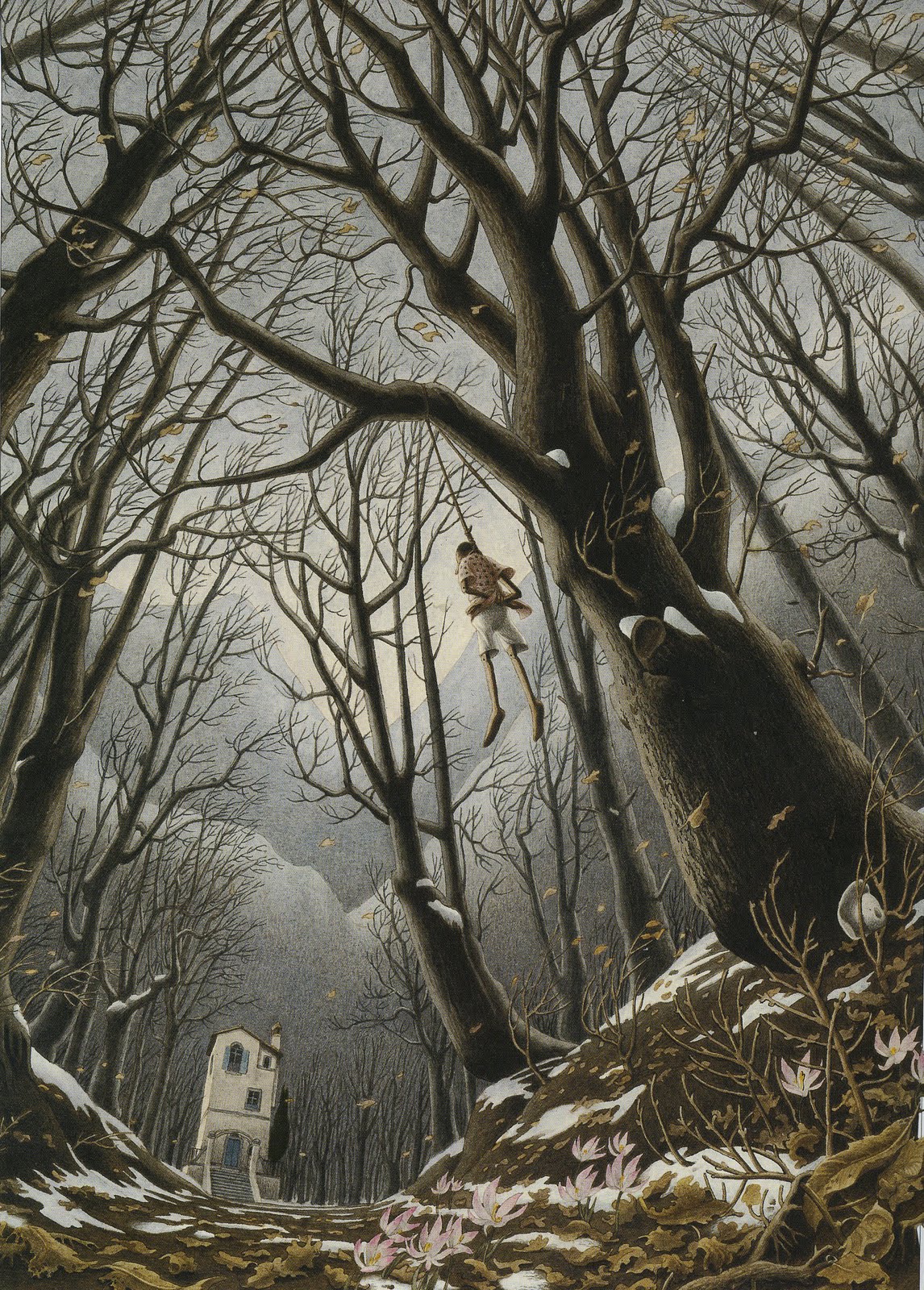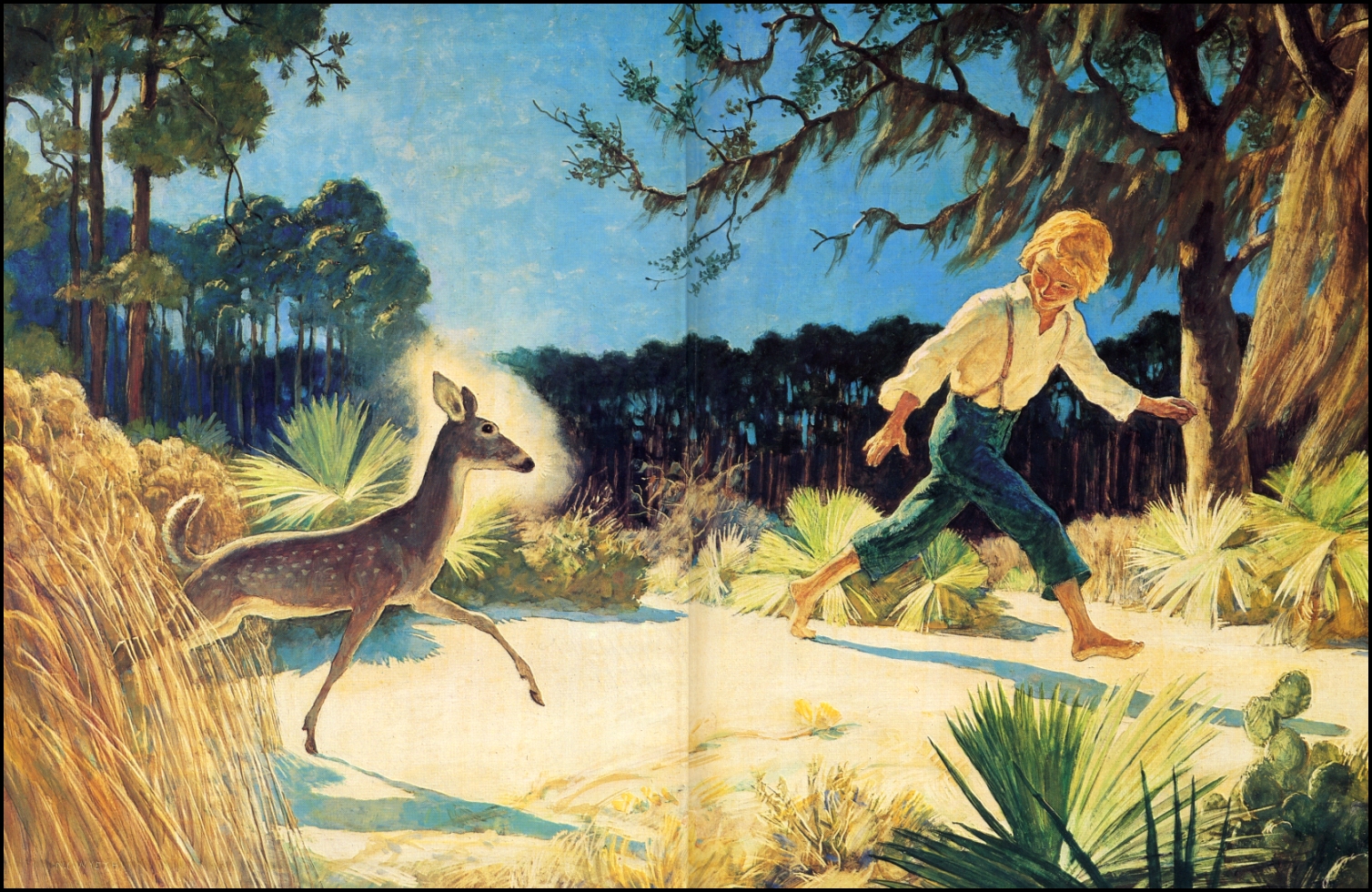
“How much good it would do if one could exterminate the human race.”
—Bertrand Russell
Quoted in A Bibliography of Bertrand Russell
1
No one, to my knowledge, has written a thorough analysis of his parents. But what I said in Hojas Susurrantes (abbreviated HS this line up) about the murder of children’s souls only lays the foundation for a further and deeper elaboration of Psychohistory, which in the last analysis shows us that the human species is a failed species.
2
From a careful reading of HS it cannot but be inferred that most of the human species should be exterminated—on top of what is written there, because, as Schopenhauer wrote, if the world is hell, human beings are the devils of the animals. And if we want to save the animals from the human devils, there is no choice but to dispatch the latter.
3
That only some of the most beautiful specimens of whites deserve to continue living; so beautiful in body and soul that they have left human devilry behind, has become so obvious to me as that the cow is a mammal—as we shall see in this sort of continuation to HS.
By way of a prologue
Most of the text of HS is not original. There are original parts, yes: the long letter to the mother with which the book opens; my experiences to twelve years, and the final part where I analyze my fear of damnation as an internal persecutor begotten as a result of my father’s crimes. However, most of HS consists of long paraphrases of other peoples’ ideas, pastiches and re-workings of their works to present the trauma model (refuting, along the way, the fraudulent professions of “mental health”).
I believe that, as a didactic work to Aryanize the trauma model away from the Semitic or philo-Semitic hands of Alice Miller and Lloyd deMause, HS honors its goal. But the problems I raised—remember how the fourth book in HS ends by mentioning the burning of children by their Semitic parents in the Ancient World, wondering if mankind had a right to exist—were left unsolved. Fortunately, this century will be crucial because of the energy devolution that is upon us, especially of oil, for Nature’s killing these humans that I hate so much and whose destruction has become my personal religion.
I will not live to see my day: that which for decades I have called the extermination of the Neanderthals, in which I include not only non-whites but those white traitors who brought them into the West. But the burden is upon me to bear witness to why I believe that the être supérieur should yearn, as so desperately I do, that the primitive version of modified apes, as in my soliloquies I call the humans of today, both white and of other races, becomes extinct.
Another huge issue never made onto paper is a detailed narrative of my agonizing experiences in 1976, when I was only seventeen, and ten years later, while living in California: experiences outlined in HS. Here I hope to talk more about those life lessons. So to confess why I hate humanity to the extent of wanting to exterminate it, at the same time being the first to analyze in detail his destructive parents—so that, after due extermination, in the Acadia of my most cherished dreams the treatment to children and animals be free of my hells—is the double helix of this new text.
But there is much more than that. In the Neanderthalesque literature that I run into the bookstores I never see confessions about male sexuality that go to the merits. In HS I quoted an Austrian writer who said that autobiography is the most difficult literary art because the adept of self-portraiture has to betray himself. Of course! How it won’t be self-betrayal for a respectable writer to recount, say, his sexual fantasies? Previous literature to the “total autobiography” suffers from cowardice insofar a text that confesses everything could be posthumous. But the so-called giants of letters, that I find so small that I do not read, never reached such confessional level. They stayed in the pre-autobiographical phase of literature. Here I will try to amend this lacuna in the section entitled “In search of the soulmate.”
Quite apart from the autobiographical question, we propose the need to rescue and/or abduct Aryan women—only the very young and pretty—from what will become multiracial clans after the civilizational collapse pulls us over to strictly ethnic strongholds. To paraphrase George Lincoln Rockwell, “He who doesn’t rape won’t fight!” will be the motto of a Blonde Beast redivivus that, by getting his manhood back, will not only become genocidal of everything that does not resemble him. The Beast will hunt for his females once the collective unconscious falls back to its original form by historical inertia forces. The brutality and savagery resulting from the collapse of the rule of law, together with the most elemental Darwinism, will mercilessly weed the feminized white males. Thanks to the energy devolution of our century the yin where today is pending the psyche of these whites will swing, like a pendulum of kilometric arc, to the Yang extreme of the right.
We won’t only lucubrate to kill non-whites around the globe and renaming cities currently inhabited by people of brown, yellow or black skin with names like “Pierce City” or “Himmler City.” The idea is that, alongside the extermination of Neanderthals, the Beast will have to go on the hunt for females, abandoning a masturbation currently afflicting millions of feminized males. The Aryan sperm injected involuntarily into those who had fornicated with the colored will fulfill the fourteen words during a holy war that will cover the world—and this time fulfilling them by brute force. The obvious objective will be to form families thank to the same élan vital that breathed life into the ancient founders of Rome by abducting, and raping, their attractive Sabine neighbors. In other words: if every nation, not just ancient Rome, is born with violence, after the darkest night of the West the Aryan Nation can only be born with extreme violence: from limit to limit of the pendulum’s arc, from the extreme yin to the extreme Yang.
Basic historical inertia: the swung pendulum is rushing toward us with vengeful force because of the incredible liberal lengths it reached in the late 20th and early 21st centuries. So far it swung toward the dark side that the “Day of the Rope” so dreamt by William Pierce in The Turner Diaries, a novel written in the 1970s but projected in the 90s, won’t be enough. We will go further. Neither Pierce nor Covington—much less Covington: a de facto feminist novelist in Freedom’s Sons—dared to predict the abduction of the new Sabine women. They did not seem to have considered that if the ancient Latins (Aryans) abducted and raped the Sabines (Aryans who copulated with Aryans), with much greater reason will be legitimate to direct our rediscovered sexual primitivism over those who delivered themselves to non-whites!
Returning to the subject of total autobiography. The victim of his parents and the fucking society who has lost everything requires getting revenge against those who spit on his cross. Only revenge heals the soul, and as I cannot settle scores with the Neanderthals at least I can tell what they did. Going into detail of what I omitted in HS will show how the evil that infected my parents also infected my siblings and how some of them, in turn, voluntarily surrendered to evil after reaching adulthood. Also, when analyzing my family, relatives, acquaintances, close and distant persons I met and even strangers whom I only interacted over the net, we will see how their behavior helped me realize that the human being is so obsolete a version of Homo sapiens as the niggers of the seedy hostel with whom I spent a night.
Finally, my exterminator conclusions I have come regarding all these people have relevance for understanding the darkest hour of the West. This topic sucked my recent years to the point of putting on a blog in English and its ramifications over a thousand entries summarized in two books: The Fair Race’s Darkest Hour and Day of Wrath (which I will be abbreviating as FR and DW). The book Extermination, that I now start, is relevant because the evil that ails the white man is the same one that destroyed my tree and its leaves and my dear family of Palenque.* And if I can unravel the evil that destroyed me I will probably unravel the evil that destroys the white race around the world, including the mass migration of non-whites in London I witnessed last month.
In other words, the evil I saw in my parents and the people I met (cf. HS) and the evil I see in westerners who are committing ethnic suicide (cf. FR and DW) is, down to the core, two sides of the same coin. That alone deserves my venture into this new literary genre: the vindictive autobiography.
Mexico City
September 2014
___________________________________________
(*) Note that this book is written for those who have already read my previous books, including HS, and understand exactly what I mean, for example, with the word “Palenque”: the house where I experienced happiness before the catastrophe of my adolescence.









